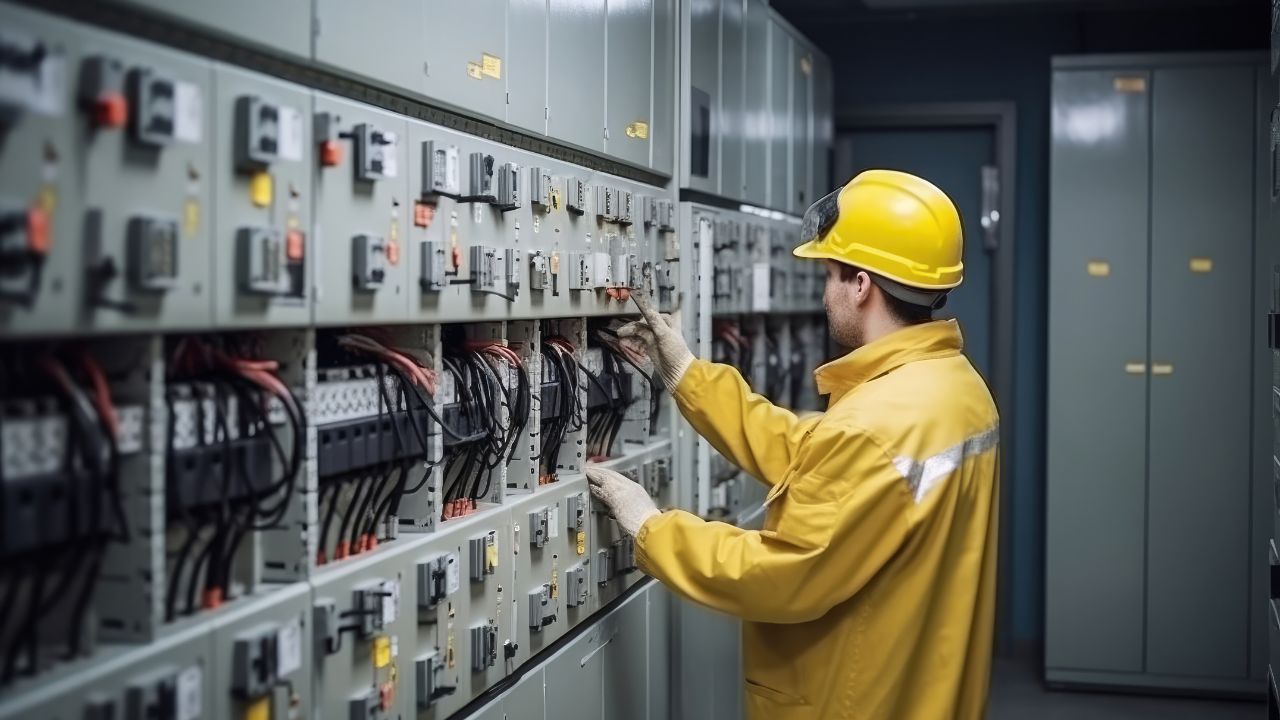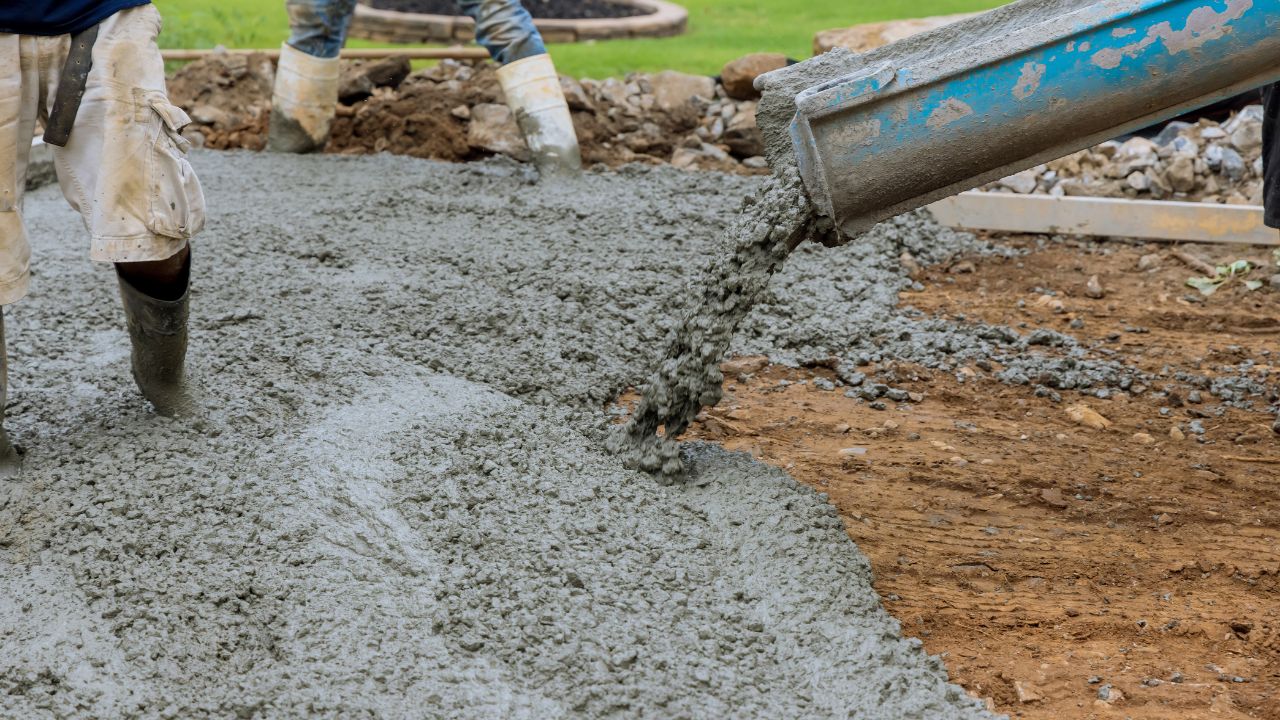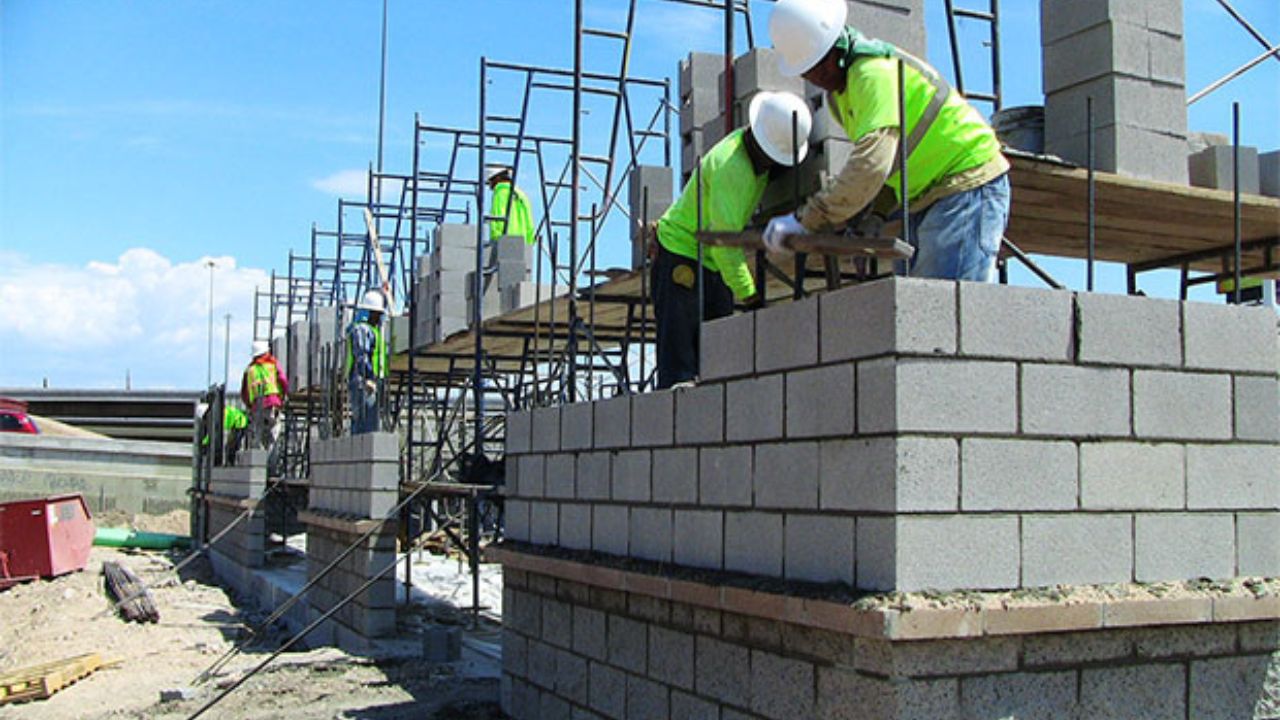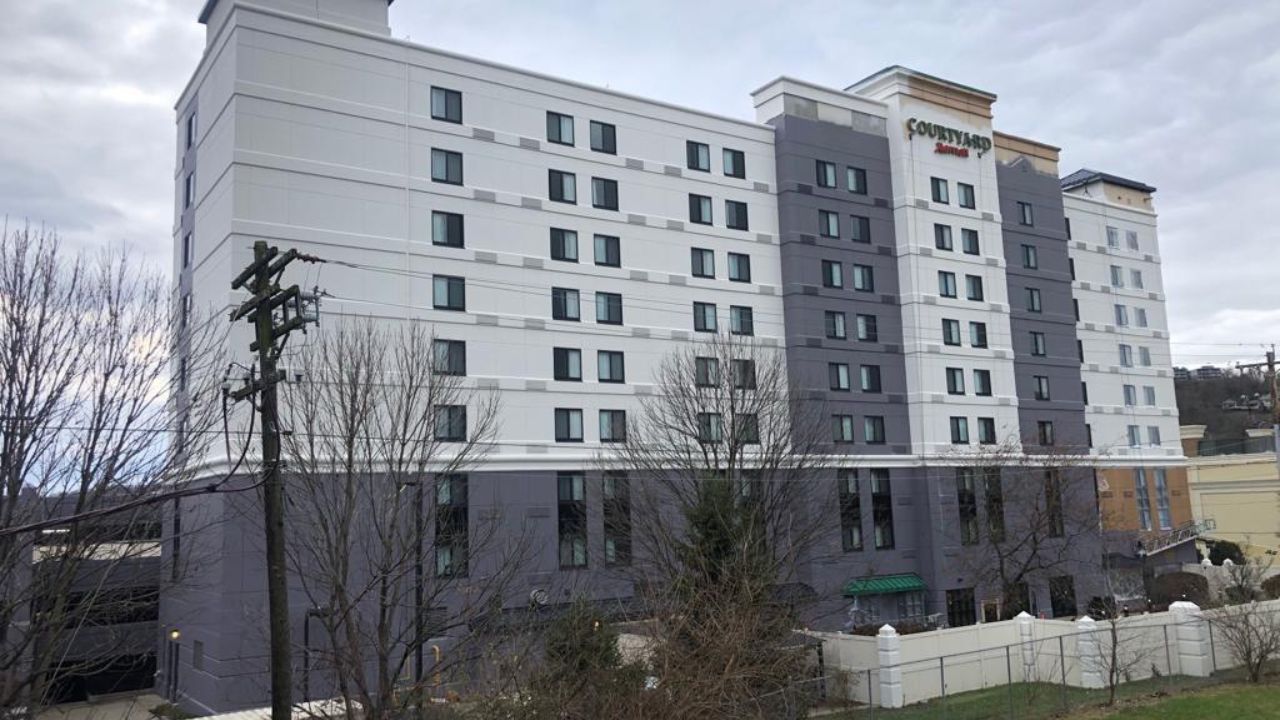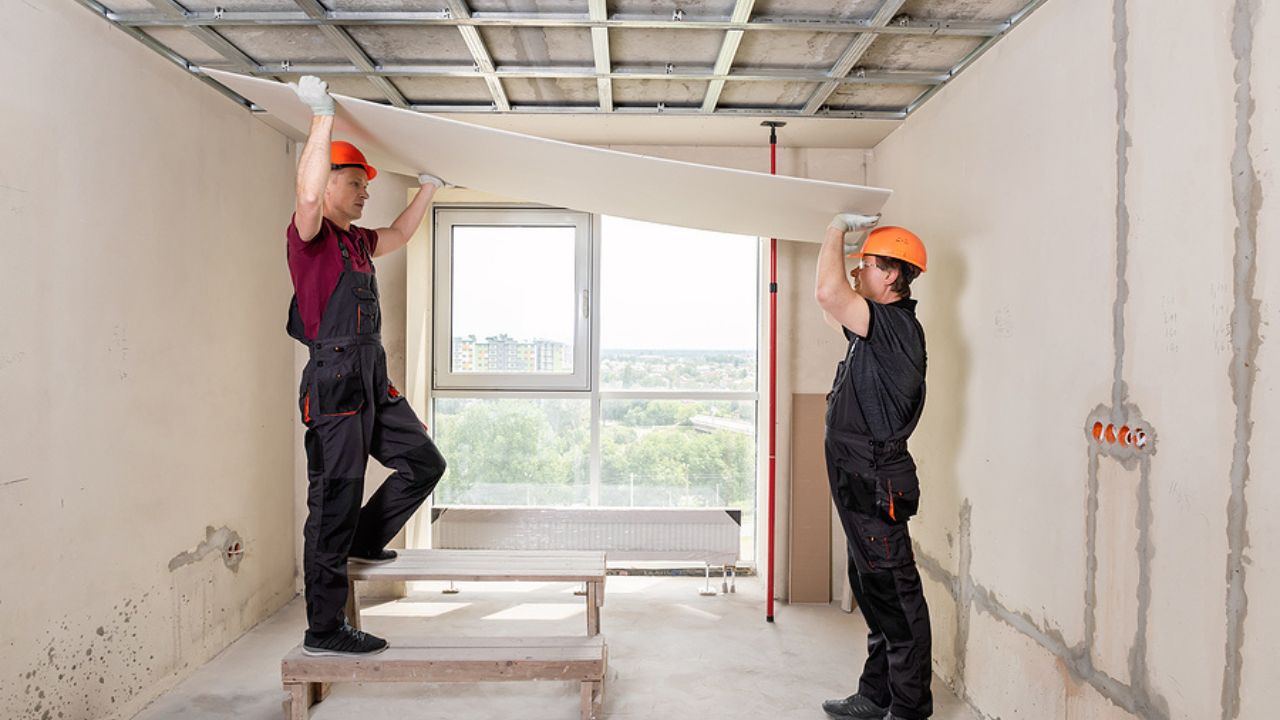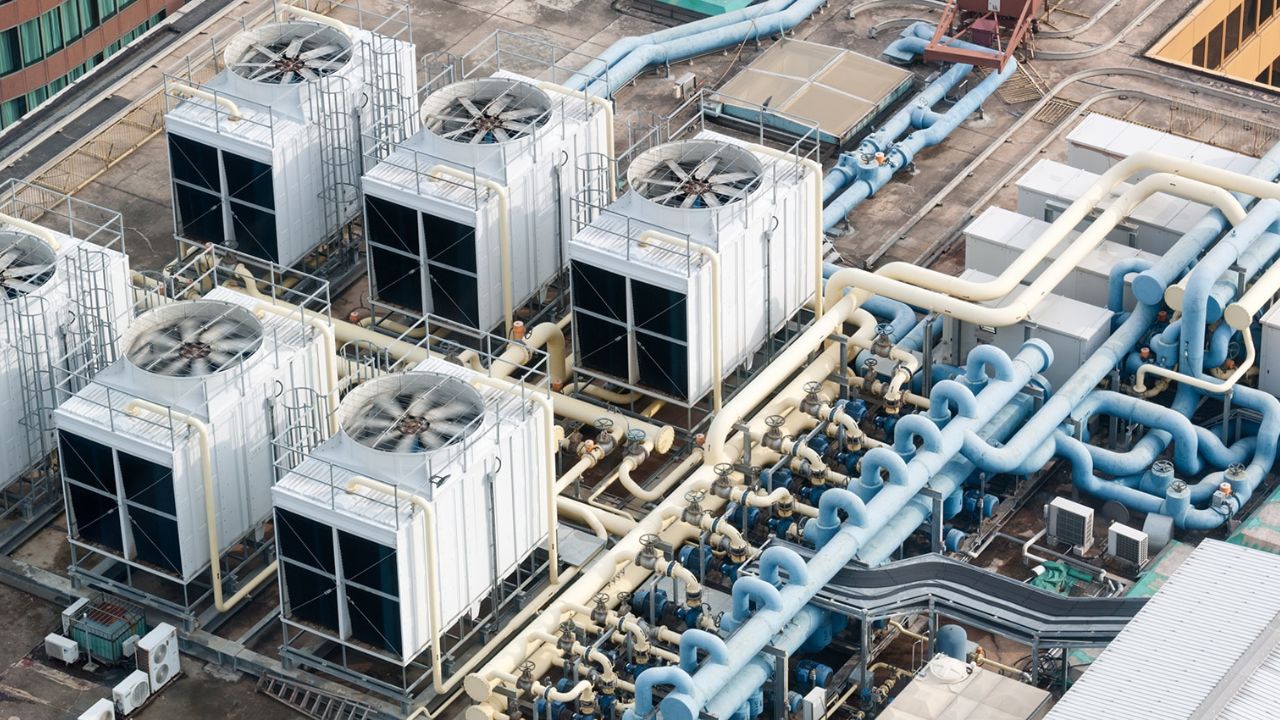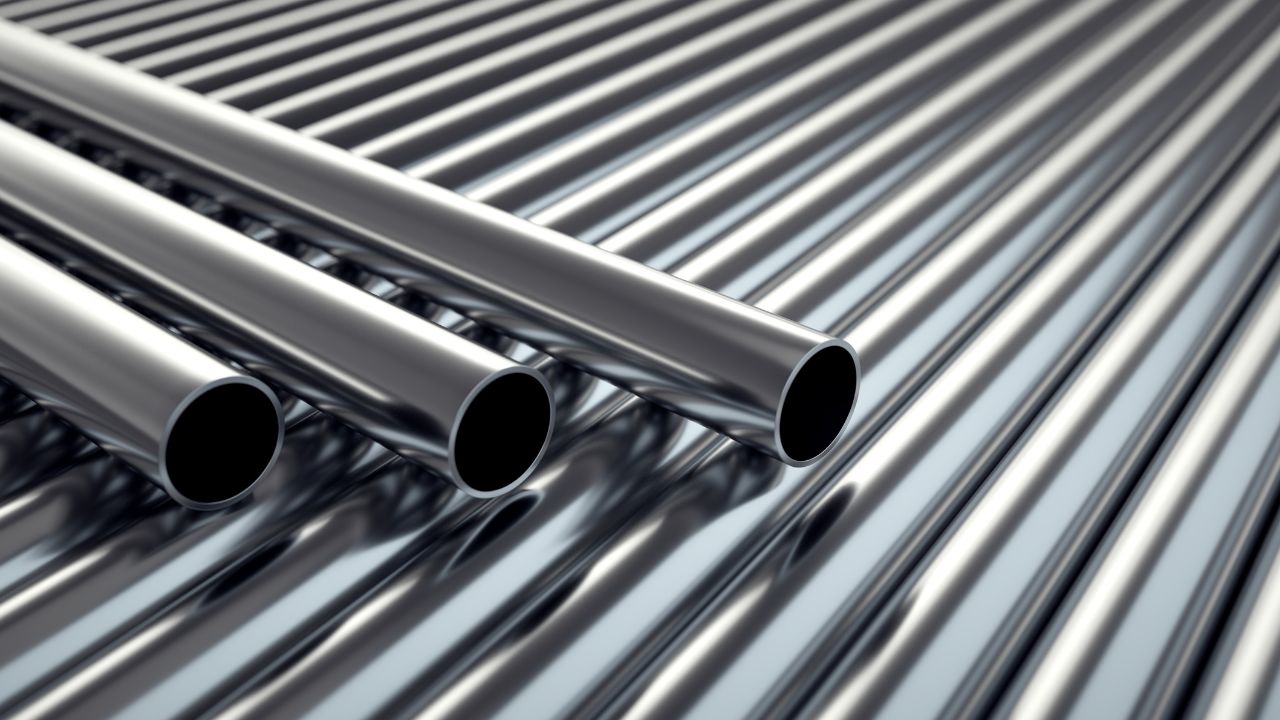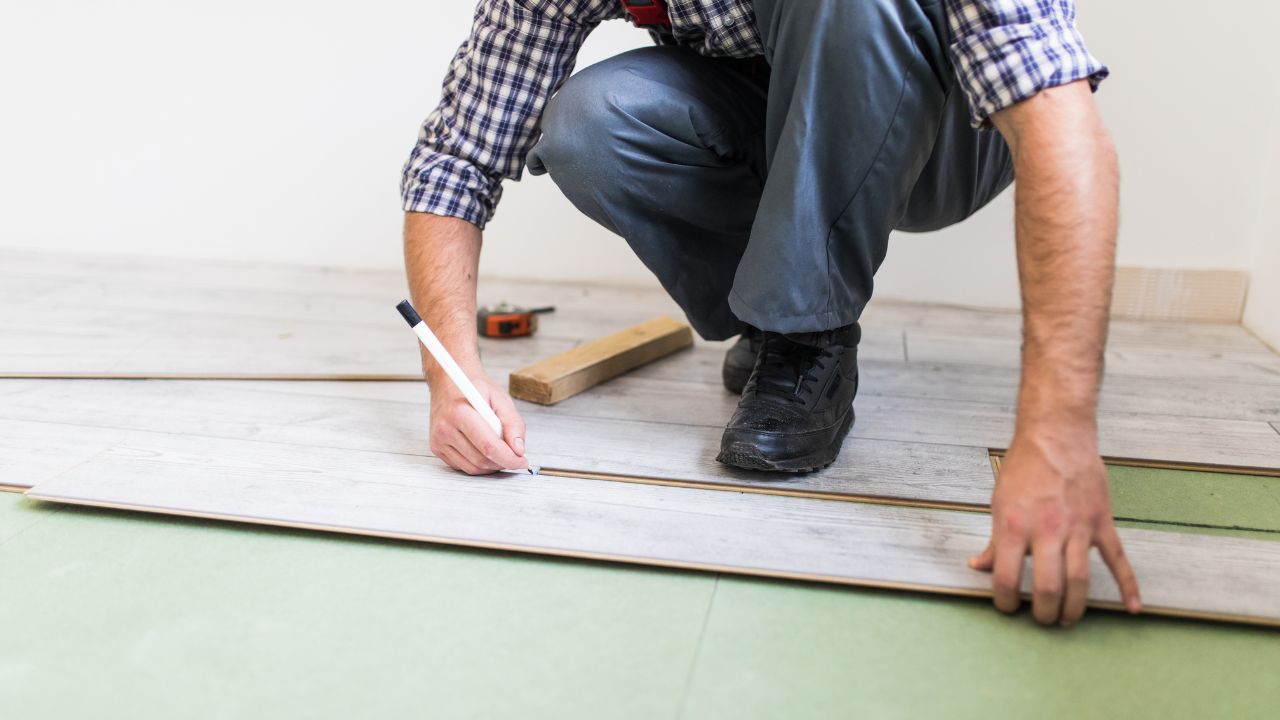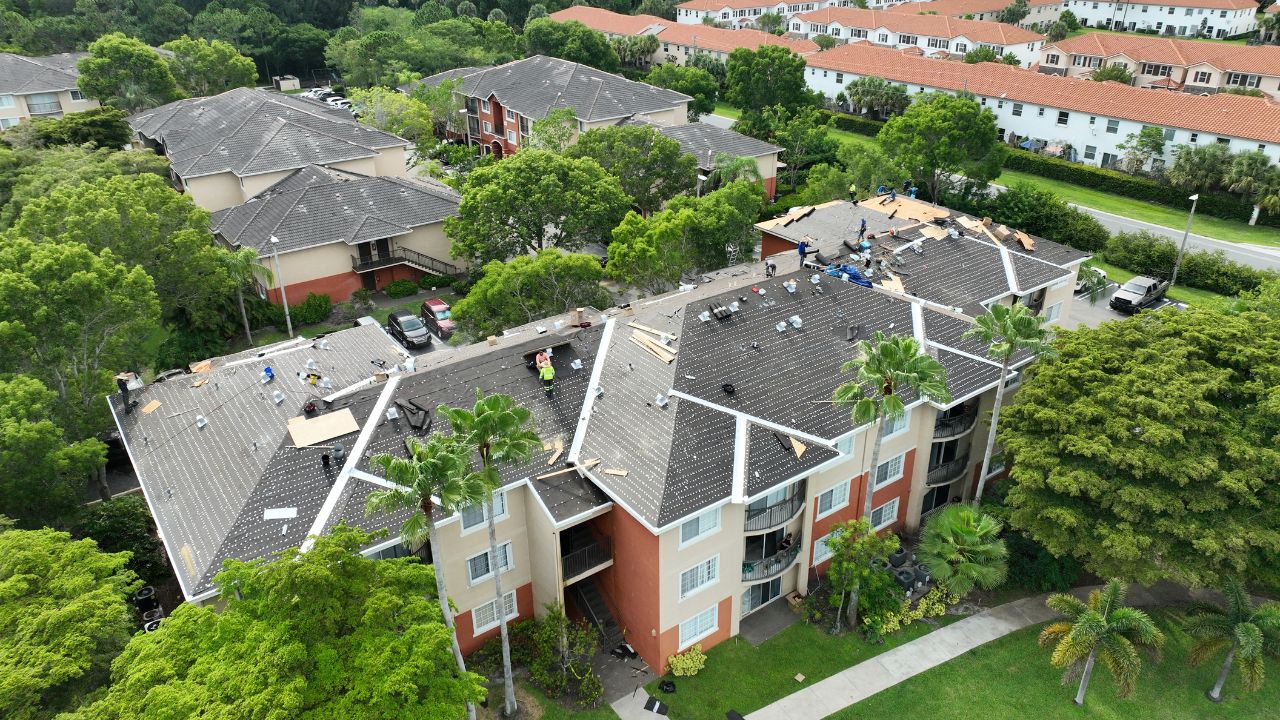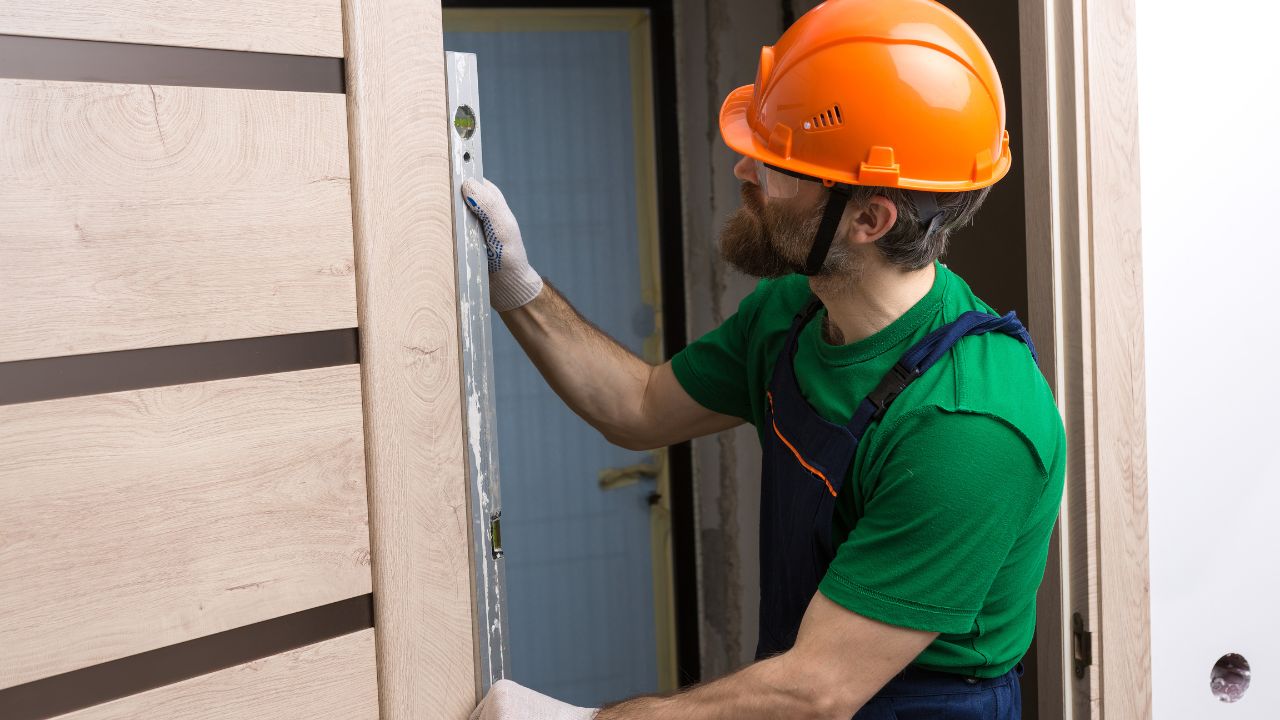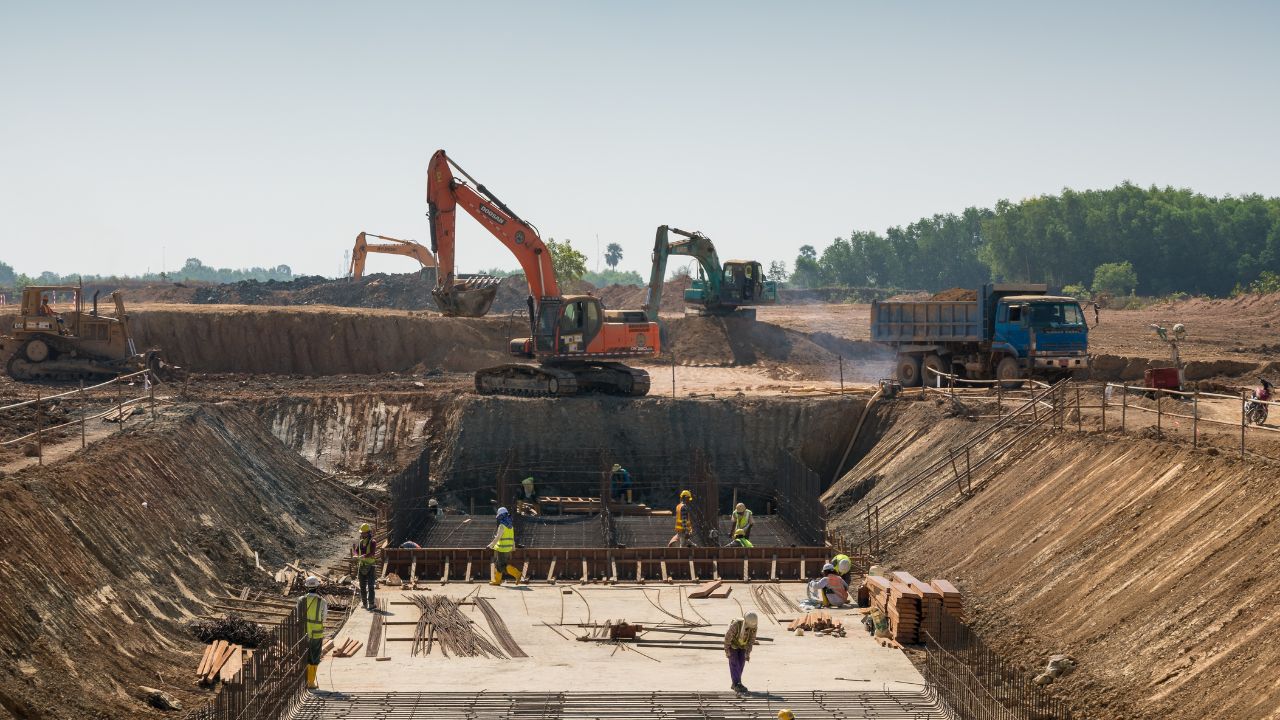- Homepage
- Estimator
Glass Railing Cost Estimator
Leading provider of glass railing estimating services
Glass railings are one of the fastest-growing trends in modern architecture, adding beauty, elegance, and safety to residential and commercial spaces. Whether you’re designing a rooftop deck, balcony, poolside fence, or staircase, glass railings enhance open spaces, offer unobstructed views, and bring sophistication to any property.
However, a common question arises before planning the installation: How much will it cost? That’s where this Glass Railing Cost Estimator guide by Estimate Florida Consulting comes in. We’ve compiled all the cost details you need—from material choices to labor rates, installation complexity, safety requirements, and maintenance expectations—so you can budget confidently and avoid costly mistakes.
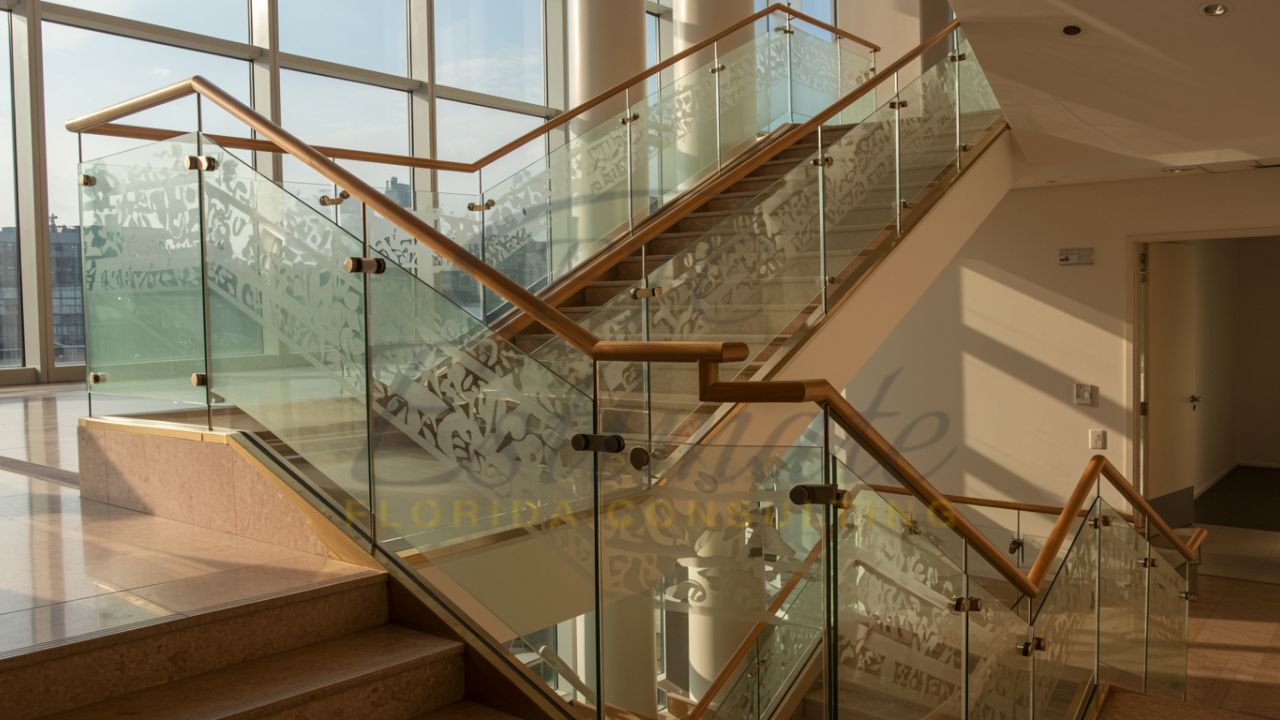
What is a Glass Railing?
A glass railing system is composed of high-strength glass panels supported by a framework made from stainless steel, aluminum, or wood components. These panels are fixed into place using clamps, channels, posts, or other mounting hardware, depending on the design and structural requirements.
Applications of Glass Railings
Residential balconies and patios
Pool fencing and enclosures
Rooftop terraces and observation decks
Staircases and entryways
Commercial offices and hotels
Luxury resorts and hospitality spaces
Glass railings are favored for their clean, uninterrupted appearance, ability to enhance views, and structural strength.
Glass Railing Installation Professionals For Your Project?
Why Glass Railings Are a Top Choice?
Glass railings have surged in popularity for both residential and commercial properties due to their sleek design and practical benefits. They offer a unique combination of style, safety, and functionality that makes them a standout choice for various applications, from balconies to staircases. Below, we explore the key reasons why glass railings are a top choice, with added details to highlight their appeal.
Aesthetic Appeal
Glass railings bring a modern, minimalist vibe that elevates the look of any space. Their transparent or translucent nature creates an open, airy feel, making them perfect for small spaces or areas where you want to preserve scenic views, such as oceanfront homes or urban rooftops. They blend effortlessly with diverse architectural styles, from sleek contemporary designs to cozy coastal cottages. The reflective quality of glass also adds a touch of elegance, enhancing the overall ambiance of indoor and outdoor spaces.
Enhanced Safety
Safety is a critical factor, and glass railings deliver without compromising style. Made from high-strength tempered or laminated glass, these railings are engineered to withstand significant impact and pressure. They’re an excellent choice for elevated walkways, staircases, balconies, and pool enclosures, where preventing falls is essential. The smooth, seamless surface of glass also eliminates sharp edges or protruding parts, reducing the risk of injury, especially in homes with children or pets.
Durability
Glass railings are built to last, even in challenging environments. Unlike wood, which can rot or warp, or iron, which is prone to rust, glass is highly resistant to weather-related wear and tear. This makes it particularly ideal for coastal regions like Florida, where humidity, salt air, and intense sunlight can degrade traditional materials. High-quality glass railings maintain their structural integrity and appearance over time, offering long-term reliability.
Low Maintenance

One of the standout advantages of glass railings is their minimal upkeep. Unlike wood that requires regular staining or metal that may need rust-proofing, glass railings only need occasional cleaning with a mild soap solution to maintain their sparkling clarity. This low-maintenance quality saves time and money, making them a practical choice for busy homeowners or commercial property managers.
Customization Options
Glass railings offer a high degree of customization to suit individual preferences and design needs. Homeowners can choose from clear glass for unobstructed views, frosted glass for added privacy, tinted glass for a unique aesthetic, or patterned glass for a decorative touch. Additionally, frames can be customized with materials like sleek stainless steel for a modern look, durable aluminum for lightweight strength, or warm wood accents for a classic feel. This versatility ensures glass railings can complement any design vision.
Increased Property Value
Installing glass railings can enhance both the aesthetic appeal and functionality of a property, making it more attractive to potential buyers. Their modern design and durability signal quality and sophistication, which can positively impact resale value. Whether used on a residential deck or a commercial balcony, professionally installed glass railings add a premium touch that sets a property apart in the real estate market.
Get High-Quality 3D Rendering Services Today!
Transform your space with stunning 3D rendering that blends style, comfort, and functionality.
We Specialize in Both Residential and Commercial Interior Design Projects.
- Luxury Villas
- Apartment Complexes
- Home
- Condominium
- Office Buildings
- Shopping Malls
- Hospitals
- Hotels & Resorts
Glass Railing Cost Estimator – Comprehensive Breakdown of Expenses
Cost varies widely depending on size, materials, location, and design complexity. Below are detailed cost components to guide your planning.
Glass Panels – Types, Thickness, and Pricing
Glass Type | Price per Square Foot | Pros | Cons |
|---|---|---|---|
Tempered Glass | $40 – $80 | Strong, safe, affordable | Limited decorative options |
Laminated Glass | $50 – $100 | Extra protection, holds together when broken | Higher cost |
Frosted Glass | $45 – $85 | Privacy, soft appearance | Less transparency |
Patterned Glass | $60 – $120 | Unique aesthetics | Expensive |
Recommended Thickness for Different Applications:
3/8 inch (10 mm): For small, low-traffic areas like staircases.
1/2 inch (12 mm): Residential decks and balconies.
5/8 inch (16 mm): High-traffic or commercial spaces.
3/4 inch (19 mm): Pool enclosures and areas exposed to high wind or heavy use.
Example:
A 50 sq. ft. balcony using 1/2 inch tempered glass will cost approximately:
50 × $60 = $3,000
Support Systems – Posts, Clamps, Channels, and Handrails
The support system contributes significantly to both cost and design style.
Support Type | Cost per Linear Foot | Pros | Cons |
|---|---|---|---|
Stainless Steel Posts | $40 – $90 | Corrosion-resistant, sleek finish | More expensive |
Aluminum Channels | $30 – $70 | Lightweight, affordable | Less sturdy in heavy-duty use |
Frameless Clamps | $20 – $60 | Minimalist design | Requires expert installation |
Wood Handrails | $15 – $50 | Warm, classic look | Needs regular maintenance |
Example:
A 30 ft balcony with stainless steel posts:
30 × $70 = $2,100
Installation Costs – Labor, Tools, and Permits
| Installation Type | Labor Cost Estimate | Additional Notes |
|---|---|---|
| Simple balcony | $500 – $1,500 | Straightforward installations |
| Poolside fencing | $800 – $2,500 | Waterproof sealants may be required |
| Staircase railing | $1,000 – $3,000 | Includes precision drilling |
| Custom designs | $2,000 – $5,000 | Complex designs with curved or patterned glass |
Additional Costs:
Permits: $100 – $500 depending on location
Transportation: $100 – $500 depending on glass weight and distance
Tools, sealants, and adhesives: $50 – $300
Accessories and Finishing Details
| Accessory | Cost Estimate | Notes |
|---|---|---|
| Handrails | $20 – $100 per linear foot | Enhances safety and grip |
| Base channels | $30 – $80 per linear foot | Provides additional stability |
| Seals and gaskets | $5 – $15 per foot | Reduces vibration, noise |
| Decorative inserts | $100 – $500 per panel | For luxury finishes |
90% More Chances to Win Glass Railing Bids with
Our Estimate!
Maintenance Costs
Though low-maintenance, glass railings require periodic care to ensure longevity.
| Maintenance Task | Frequency | Cost Estimate |
|---|---|---|
| Cleaning glass | Monthly | $50 – $150 |
| Inspecting seals | Yearly | $100 – $300 |
| Replacing worn hardware | As needed | $50 – $200 |
Pro Tip from Estimate Florida Consulting:
Use non-abrasive cleaning products to avoid scratching glass surfaces. Schedule a maintenance check annually, especially in coastal or humid environments.
Factors That Influence Glass Railing Costs
Glass railings are a premium choice for residential and commercial spaces, offering elegance and functionality. However, their costs can vary based on several considerations. Below are the primary factors that impact the overall expense of a glass railing project.
Project Size
The scale of the project is a major cost driver. Larger areas, such as expansive balconies, long staircases, or multi-level decks, require more glass panels, mounting hardware, and labor. For example, a small residential patio will cost significantly less than a commercial rooftop terrace. The linear footage of the railing directly affects material quantities and installation time, making it a key factor in budgeting.
Glass Type and Thickness
The type and thickness of the glass used play a significant role in pricing. Options range from tempered glass, which is strong and cost-effective, to laminated glass, which offers added safety due to its shatter-resistant properties. Thicker glass (e.g., ½-inch vs. ¼-inch) provides greater structural integrity but comes at a higher upfront cost. While premium glass types may increase initial expenses, they often reduce long-term maintenance or replacement costs due to their durability.
Design Complexity
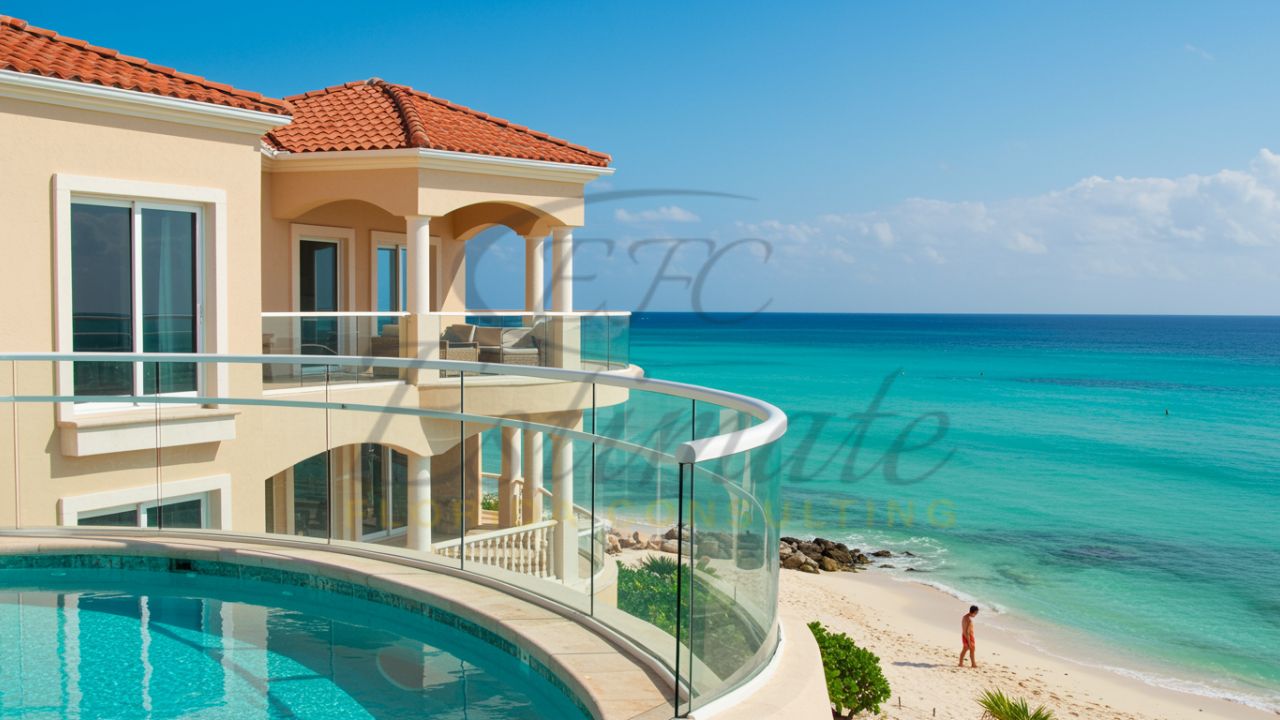
The complexity of the railing design can significantly impact costs. Simple, straight-line installations are more affordable, while intricate designs, such as curved staircases, angled corners, or custom-cut patterns, require specialized craftsmanship and materials. For instance, creating a seamless curved glass railing involves precise measurements and custom fabrication, which increases both labor and material expenses.
Environmental Conditions
The installation location’s environment affects costs, particularly in harsh climates. Coastal homes, for example, face exposure to salty air and humidity, necessitating marine-grade stainless steel posts or aluminum frames to prevent corrosion. Additionally, specialized sealants or coatings may be required to protect the glass and hardware from weathering, adding to the overall expense. These upgrades ensure longevity but contribute to higher upfront costs.
Safety Requirements
Local building codes and safety regulations can influence costs by mandating specific standards. For instance, areas with strict safety requirements may require thicker, reinforced glass or additional structural supports to meet load-bearing standards for balconies or staircases. Compliance with these codes may also involve permitting fees or professional inspections, which add to the project’s cost.
Accessibility Challenges
The installation site’s accessibility can affect labor costs. Hard-to-reach areas, such as rooftop terraces, high balconies, or multi-story structures, may require specialized equipment like cranes or scaffolding, increasing labor rates. Similarly, tight indoor spaces or areas with limited access can complicate installation, leading to longer project timelines and higher costs for skilled labor.
Real-World Example Estimates
Example 1 – Residential Balcony
Area: 40 sq. ft.
Glass: 1/2 inch tempered glass at $60/sq. ft.
Posts: Stainless steel at $70/linear ft.
Handrail: Wood at $30/linear ft.
Installation: $1,200
Accessories: $400
Permits & inspection: $200
Total Estimate:
Glass: 40 × $60 = $2,400
Posts: 40 × $70 = $2,800
Handrail: 40 × $30 = $1,200
Installation = $1,200
Accessories = $400
Permits = $200
Grand Total: $8,200
Example 2 – Poolside Glass Fence
Area: 100 sq. ft.
Glass: Laminated glass at $80/sq. ft.
Posts: Aluminum at $50/linear ft.
Installation: $2,000
Accessories: $700
Total Estimate:
Glass = 100 × $80 = $8,000
Posts = 100 × $50 = $5,000
Installation = $2,000
Accessories = $700
Grand Total: $15,700
Glass Railing Installation Professionals For Your Project?
Comparing Glass Railings with Other Materials
Material | Cost per sq. ft. | Durability | Maintenance | Appearance |
|---|---|---|---|---|
Glass | $40 – $120 | Excellent | Low | Modern and sleek |
Wood | $25 – $60 | Moderate | High | Classic, warm |
Metal | $30 – $80 | Good | Medium | Industrial or contemporary |
Cable | $35 – $70 | Moderate | Medium | Minimalist, airy |
Step-by-Step Glass Railing Installation Process
Glass railings add a modern, elegant touch to any space, but their installation demands precision and adherence to safety standards. Below is a comprehensive guide to the installation process, outlining each step to ensure a successful project.
1. Site Inspection
The process begins with a thorough site inspection to assess the structural integrity of the installation area, whether it’s a balcony, staircase, or deck. Professionals evaluate the foundation, load-bearing capacity, and environmental conditions (e.g., coastal exposure). Precise measurements are taken to determine the required dimensions for glass panels and mounting hardware, ensuring a perfect fit and compliance with design specifications.
2. Material Selection
Choosing the right materials is crucial for both aesthetics and functionality. The glass type—tempered for strength or laminated for added safety—is selected based on the project’s needs. Glass thickness (e.g., ¼-inch to ¾-inch) is determined by structural requirements and local codes. Frame materials, such as stainless steel for a sleek look, aluminum for lightweight durability, or wood for warmth, are chosen to complement the design and environment.
3. Permit Acquisition
Before installation, necessary permits must be obtained to comply with local building codes and safety regulations. This step may involve submitting design plans and specifications to local authorities for approval. Some regions require inspections during or after installation to verify compliance with standards for load-bearing capacity, height, and safety features, ensuring the railing meets all legal requirements.
4. Fabrication and Delivery
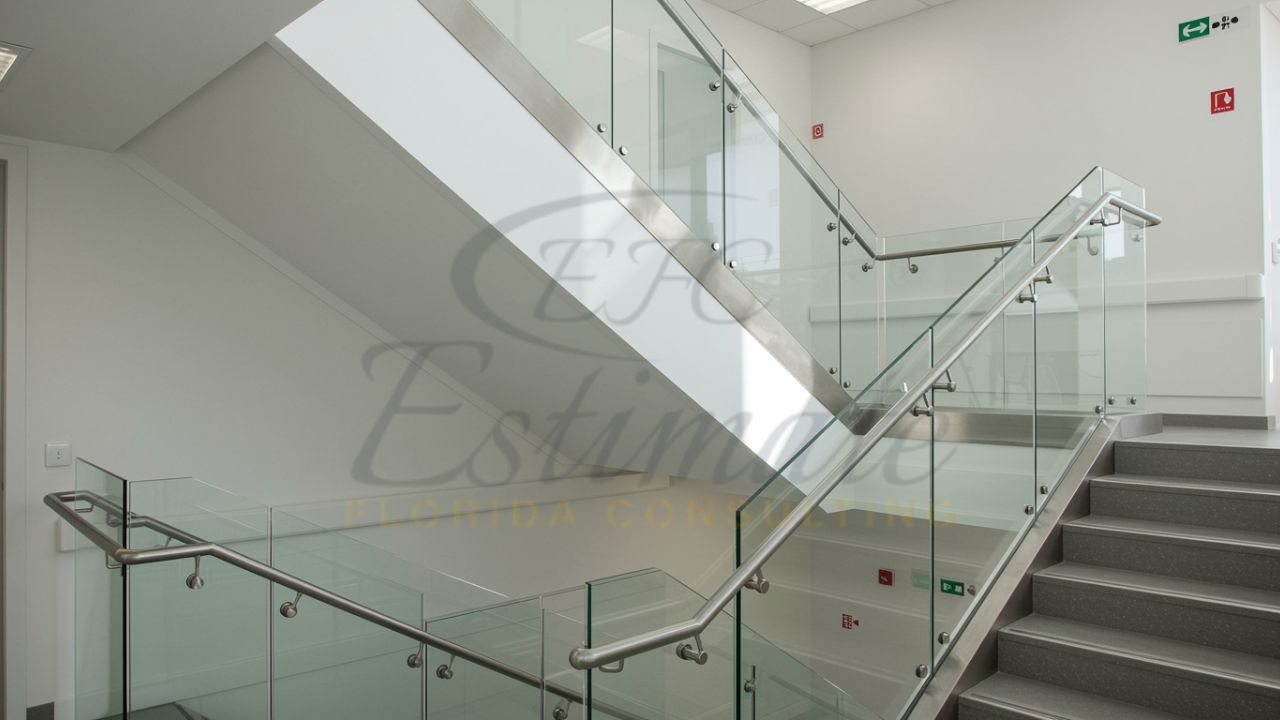
Once measurements and materials are finalized, glass panels are custom-cut, polished, and tempered or laminated to meet safety standards. Edges are smoothed to prevent injury and enhance aesthetics. Hardware, such as posts, brackets, or channels, is also prepared. The fabricated materials are carefully packaged and transported to the site, with precautions to avoid damage during transit.
5. Mounting and Alignment
Installation begins with securing the mounting system—posts, base channels, or standoffs—to the structure. This involves drilling into the substrate (e.g., concrete, wood, or metal) and using brackets, bolts, or adhesives for a firm hold. Glass panels are then carefully aligned and inserted into the mounting system, ensuring level placement and secure attachment. Precision is key to avoid gaps or misalignments that could compromise safety or appearance.
6. Sealing and Finishing
After the panels are mounted, gaskets or sealants are applied to secure the glass and protect against water infiltration, especially in outdoor installations. In coastal areas, corrosion-resistant sealants or coatings may be used to enhance durability. Final adjustments are made to ensure the railing is stable, and aesthetic touches, such as cleaning the glass or polishing metal frames, are completed to achieve a flawless look.
7. Final Inspection
The installation concludes with a comprehensive inspection to verify structural integrity, alignment, and aesthetic quality. Professionals check that the railing meets local building codes, including height, load-bearing capacity, and safety standards. Any minor adjustments, such as tightening hardware or cleaning smudges, are addressed. This step ensures the railing is both functional and visually appealing, ready for long-term use.
Common Mistakes to Avoid
- Not checking local building codes
- Underestimating labor complexity in multi-story homes
- Choosing low-quality glass or hardware to cut costs
- Ignoring maintenance requirements in coastal areas
- Forgetting to include permits and inspections in the budget
Estimate Florida Consulting helps clients avoid these pitfalls by offering thorough planning and accurate budgeting.
Why Choose Estimate Florida Consulting?
With years of experience in construction estimation across Florida, Estimate Florida Consulting provides accurate, detailed, and transparent cost breakdowns for glass railing projects of all sizes. We understand local codes, climate conditions, and industry trends, helping homeowners, contractors, developers, and architects plan budgets confidently.
Our Services Include:
- Precise measurements and material selection
- Comprehensive cost estimation including labor, permits, and maintenance
- Guidance on complying with Florida building codes
- Recommendations for premium or budget-friendly solutions
- On-time and hassle-free consultations
Contact Estimate Florida Consulting today to get a tailored glass railing cost estimate designed specifically for your project’s needs.
Conclusion
Glass railings are more than just a design trend—they are an investment in safety, beauty, and long-term durability. With the right planning, high-quality materials, and expert installation, they can transform spaces while adding value and style.
Let Estimate Florida Consulting guide you through every step of your glass railing project. From selecting materials to budgeting and complying with regulations, we ensure you’re equipped with the information and resources needed to make informed decisions.
Frequently Asked Question
Depending on size and complexity, installations may take 1–5 days.
Yes. Its modern appearance and low maintenance make it a highly desirable feature.
Yes, when installed with tempered or laminated glass according to safety codes.
Absolutely. You can choose clear, frosted, tinted, or etched designs for a unique look.
Cleaning once a month is sufficient unless exposed to harsh elements like salt air or pollen.
Comprehensive Trade-Specific Estimates
At Estimate Florida Consulting, we offer detailed cost estimates across all major trades, ensuring no part of your project is overlooked. From the foundation to the finishing touches, our trade-specific estimates provide you with a complete and accurate breakdown of costs for any type of construction project.
Our Simple Process to Get Your Estimate
Upload Plans
Submit your project plans, blueprints, or relevant documents through our online form or via email.
Receive Quotation
We’ll review your project details and send you a quote based on your scope and requirements.
Confirmation
Confirm the details and finalize any adjustments to ensure the estimate meets your project needs.
Get Estimate
Receive your detailed, trade-specific estimate within 1-2 business days, ready for your project execution.



Our Clients & Partners
We pride ourselves on building strong, lasting relationships with our clients and partners across the construction industry.
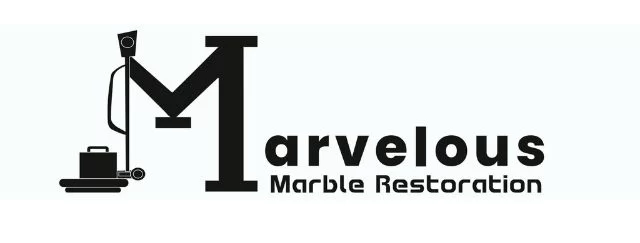

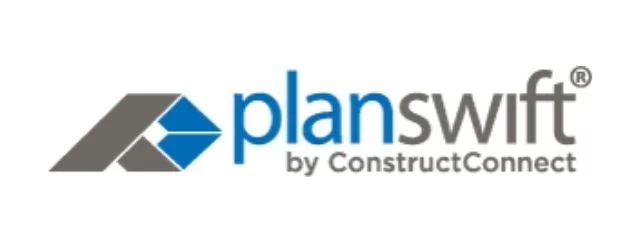
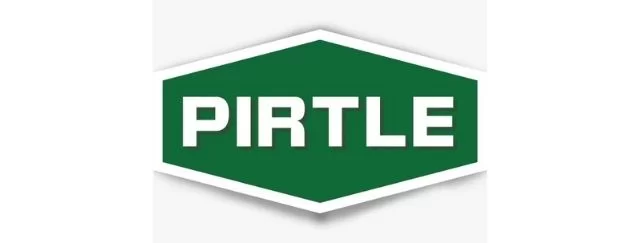

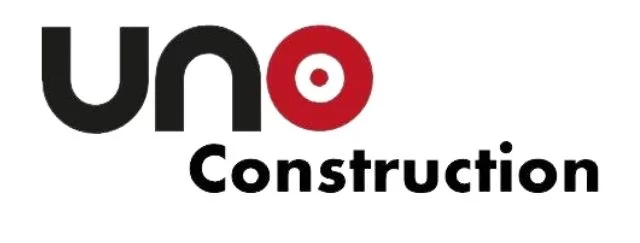
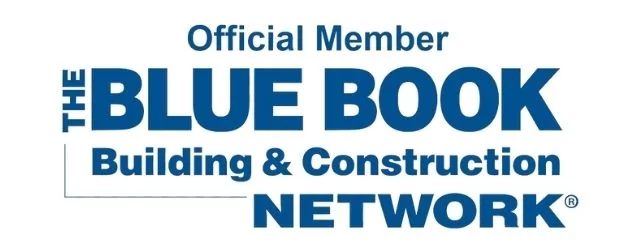

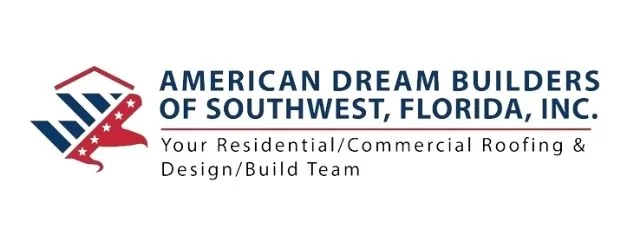


What Our Clients Say?
We take pride in delivering accurate, timely, and reliable estimates that help contractors and builders win more projects. Our clients consistently praise our attention to detail, fast turnaround times, and the positive impact our estimates have on their businesses.
Estimate Florida Consulting has helped us win more bids with their fast and accurate estimates. We trust them for every project!


